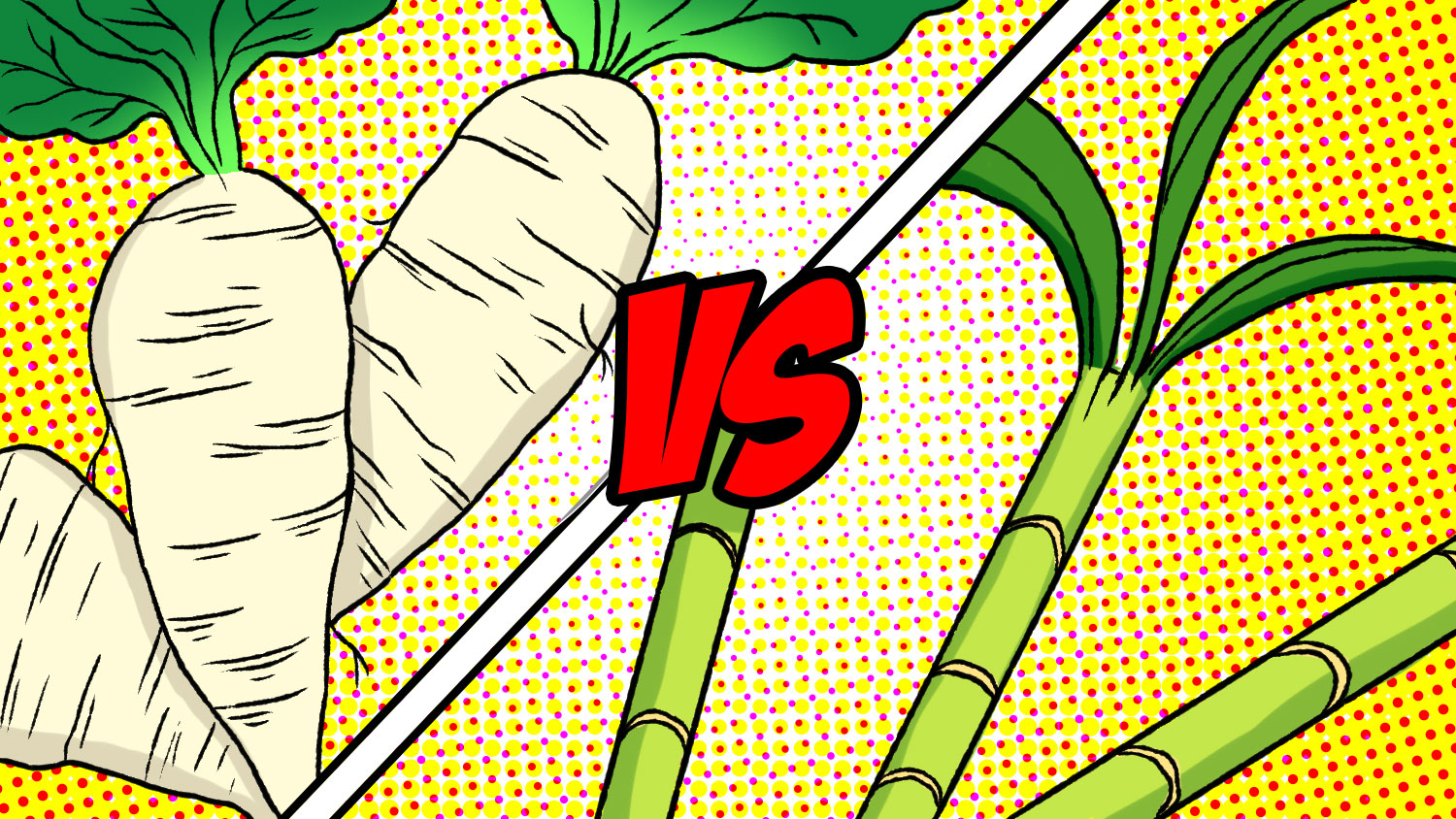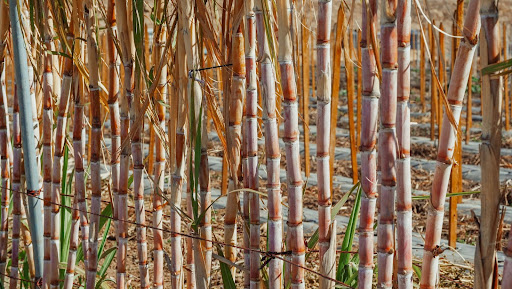How sugar beet vs sugar cane affect global sugar production and market trends
Comprehending Sugar Beet Vs Sugar Cane: Key Differences and Their Value in the Worldwide Sugar Industry
The differences between sugar beet and sugar cane are significant in the context of the international sugar industry. Their varying climatic demands influence where they can be grown, while their one-of-a-kind nutritional accounts influence consumer choices. Additionally, the economic ramifications of each crop form market characteristics. Comprehending these distinctions is essential for grasping the wider effect on production and supply chains. What additional complexities occur when considering their functions in the industry?
Climate and Geographic Flexibility
Sugar beet and sugar cane display distinct climate and geographic versatility that affects their growing. Sugar beet flourishes in pleasant climates, calling for great weather for suitable growth. It is primarily grown in areas such as Europe and North America, where problems favor its development during springtime and fall. On the other hand, sugar cane embellishments in tropical and subtropical climates, demanding cozy temperatures and bountiful rains. This plant is primarily cultivated in countries like Brazil, India, and Australia, where the environment sustains its long development cycle.The varying versatility of these crops impacts not only their geographical distribution but likewise the agricultural techniques utilized by farmers. Sugar beet's strength to colder temperature levels permits earlier growing, while sugar cane relies on a longer expanding season to attain maximum return. Recognizing these climatic choices is essential for enhancing production and ensuring food safety and security in regions based on these important sugar sources.
Farming and Collecting Techniques

Cultivating sugar beet and sugar cane entails unique techniques tailored to every crop's certain growth needs. Sugar beet is commonly sown in amazing, pleasant environments, needing well-drained soil and specific spacing to enable for excellent origin advancement. Sugar beet vs sugar cane. Farmers frequently use mechanical planters to guarantee consistent seed positioning, adhered to by routine watering and weed monitoring methods to sustain growth.In contrast, sugar cane flourishes in warmer climates and is typically propagated via stem cuttings instead than seeds. Growing takes place in rows, enabling sufficient sunshine and air movement. Collecting sugar cane is labor-intensive, often entailing hands-on cutting or using specialized equipment, depending upon the range of production. On the other hand, sugar beet harvesting uses mechanical farmers that draw out the origins from the soil, decreasing damages and assuring a cleaner item. Both crops demand mindful administration to maximize return and top quality, mirroring their significance in the international sugar industry
Handling Approaches and Efficiency
Processing techniques for sugar beet and sugar cane disclose vital distinctions that impact effectiveness and yield. Sugar beetroots undertake a collection of steps, beginning with slicing the origin into slim cossettes, adhered to by extraction of juice via diffusion or pressing. This juice is after that detoxified, concentrated, and crystallized, causing granulated sugar. The process commonly takes about 5-10 hours from harvesting to crystallization.In contrast, sugar cane handling entails squashing the stalks to extract juice, which is after that heated up and made clear. The juice goes through dissipation and condensation, frequently taking longer than beet processing due to the fibrous nature of the cane. In addition, sugar cane can be processed constantly, improving performance.
Economic Effect and International Production Fads
The distinctions in handling methods in between sugar beet and sugar cane not just affect efficiency however additionally have considerable economic ramifications. Sugar cane dominates in tropical areas, using reduced production prices as a result of positive weather problems and reduced energy requirements. On the other hand, sugar beet is primarily like this grown in temperate zones, where higher manufacturing prices are often incurred. This geographical disparity influences global supply chains, affecting prices structures and availability.Recent trends suggest a rising and fall worldwide demand for sugar, with both crops experiencing cost volatility. As nations go for self-sufficiency, financial investments in local sugar beet manufacturing have raised, particularly in Europe and The United States And Canada. Meanwhile, creating nations remain to count greatly on sugar cane, driven by export potential. On the whole, the financial impact of these crops is extensive, shaping agricultural plans, profession agreements, and the sustainability of the global sugar industry.
Nutritional Profiles and Wellness Considerations
While both sugar beet and sugar cane function as key sources of sucrose, their nutritional profiles and health factors to consider vary substantially. Sugar cane, frequently viewed as a more natural sweetener, contains trace amounts of nutrients, consisting of calcium and potassium, along with anti-oxidants. On the other hand, sugar beet is mostly made up of sucrose with very little nutritional worth, yet it is abundant in fiber and specific phytonutrients, which may use digestive benefits.Health considerations bordering both resources focus weblink on their high glycemic index and prospective ramifications for obesity and diabetes mellitus. While discover this both sorts of sugar contribute to calorie intake, the handling techniques can influence their health and wellness effect. Sugar beet commonly undergoes substantial refining, while sugar cane may retain more of its natural compounds in much less processed forms, such as raw cane sugar. Inevitably, moderation is vital when integrating either right into a balanced diet.
Frequently Asked Questions

Which Areas Primarily Grow Sugar Beet Versus Sugar Cane?
Areas mainly expanding sugar beet consist of Europe and North America, while sugar cane prospers in tropical and subtropical areas such as Brazil, India, and Southeast Asia. Environment and dirt conditions considerably affect these farming patterns.
How Do Sugar Beet and Sugar Cane Differ in Preference?
What Are Usual Spin-offs of Sugar Beet and Sugar Cane?
Common by-products of sugar beet include molasses and animal feed, while sugar cane yields bagasse, molasses, and ethanol. Both crops add substantially to different markets, enhancing sustainability and economic value beyond their key sugar manufacturing.
How Do Ecological Variables Impact Sugar Beet and Sugar Cane Returns?

What Is the Historical Relevance of Sugar Beet and Sugar Cane Farming?
The historic importance of sugar beet and sugar cane farming depends on their duties in worldwide economies, farming techniques, and trade. Both crops shaped social frameworks, influenced colonial plans, and contributed to the advancement of contemporary industries.